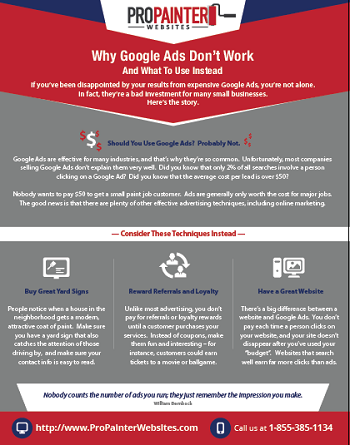Crucial Seasonal Aspects Of Commercial Outside Paint: What You Need To Understand
Crucial Seasonal Aspects Of Commercial Outside Paint: What You Need To Understand
Blog Article
Short Article By-Korsholm Urquhart
When you're preparing a business external paint task, seasonal aspects can make or break your outcomes. You'll want to consider just how temperature and moisture impact paint application and drying out times. Choosing the appropriate season can guarantee your paint sticks effectively and lasts longer. Yet which seasons are truly the best for this type of work? Allow's check out the crucial elements that can influence your task's success.
The Effect of Temperature Level on Paint Application
When you're intending a business external paint task, the temperature level can substantially impact just how well the paint adheres and dries.
Ideally, you want to paint when temperature levels vary in between 50 ° F and 85 ° F. If it's as well cold, the paint might not heal correctly, leading to problems like peeling or splitting.
On the flip side, if it's too hot, the paint can dry as well quickly, preventing proper bond and leading to an uneven finish.
You ought to likewise take into consideration the time of day; early morning or late afternoon supplies cooler temperatures, which can be more desirable.
Constantly examine the maker's referrals for the specific paint you're making use of, as they typically supply advice on the perfect temperature level variety for optimal results.
Moisture and Its Result on Drying Times
Temperature level isn't the only ecological factor that affects your commercial exterior painting project; humidity plays a considerable role as well. High moisture degrees can decrease drying times drastically, influencing the overall top quality of your paint task.
When the air is filled with moisture, the paint takes longer to heal, which can cause problems like poor adhesion and a higher danger of mold development. If you're painting on a specifically moist day, be planned for extended wait times between coats.
It's vital to monitor neighborhood weather and strategy as necessary. Preferably, go for humidity degrees between 40% and 70% for ideal drying.
Keeping simply click the following page consider mind guarantees your job stays on track and supplies a long lasting coating.
Best Seasons for Commercial Exterior Paint Projects
What's the very best time of year for your commercial exterior painting tasks?
Spring and very early autumn are usually your best bets. Throughout these periods, temperatures are moderate, and humidity degrees are often reduced, producing perfect conditions for paint application and drying out.
Stay clear of summertime's intense heat, which can cause paint to dry also rapidly, resulting in inadequate adhesion and coating. In a similar way, wintertime's chilly temperature levels can prevent correct drying and curing, running the risk of the long life of your paint work.
Aim for days with temperature levels in between 50 ° F and 85 ° F for ideal results. Remember to check the regional weather prediction for rain, as wet problems can wreck your project.
Planning around these factors ensures your paint job runs smoothly and lasts much longer.
Verdict
To conclude, planning your commercial outside paint projects around seasonal factors to consider can make a significant difference in the outcome. By scheduling job during the optimal temperatures and humidity degrees, you'll ensure much better attachment and drying times. Keep in mind to keep an eye on local weather prediction and choose the right time of year-- springtime and very early fall are your best options. Taking these steps will certainly aid you accomplish a resilient and specialist coating that lasts.
